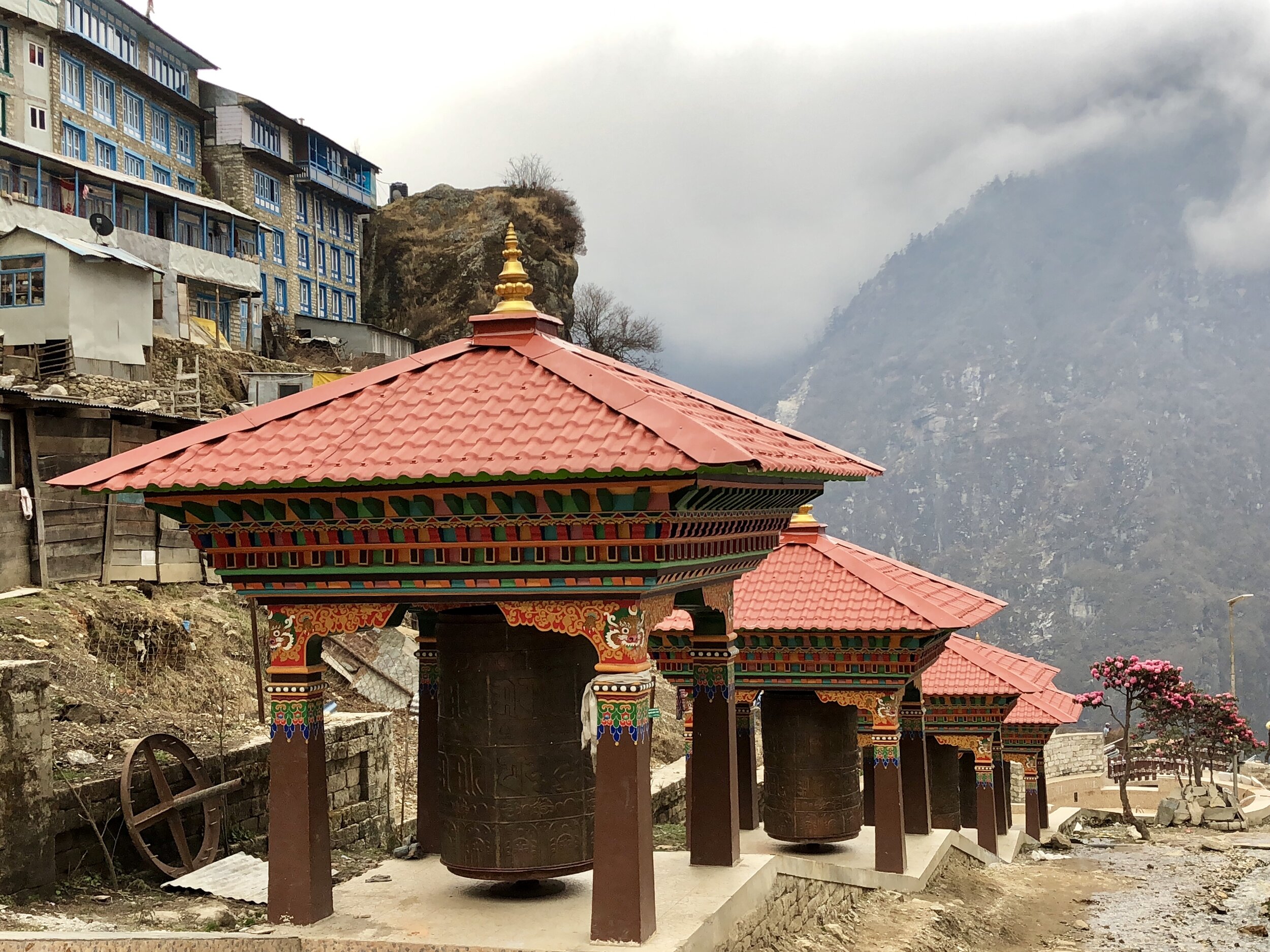Make Way for the Ultimate Fall Trek to the Everest Base Camp
/In the wake of the global pandemic, the world has come to a standstill. While self-isolation has become a norm for us now, we are looking forward towards the light in this tunnel in the form of a trek to the Everest Base Camp this fall. We are anticipating this global scare to be under control and what better way is to break free from these months of isolation than going straight to one of the most beautiful and awe-inspiring pristine nature of the Himalayas.
Why fall is the best time to visit the Everest Base Camp?
Selecting the time of the year to visit the Everest Base Camp depends solely on the experience you want to have there. Two of the most highly preferred travel times of the year are spring(February to May) and fall (October to December). Both vastly different from each other in terms of weather and the experience.
We trek to EBC in fall. Fall gives you a clear view of the mighty snow-capped mountains ensuring a sight to behold. Mostly bright blue skies, crisp fall air, and rushing rivers full of water after the monsoon season complete the picture. Temperatures are cooler as you are walking up in higher altitude but the weather would mostly be clear. Also a good point is that the trails are not dusty this time of year. There’s a chance of precipitation and snow at higher altitudes and we’ll be ready for that.
EBC Trail Route
It takes roughly twelve days to complete a round-trip to the destination and back. First, we spend a few days acclimating and getting used to the altitude.We take abouteight days to reach the Base Camp and four days to get back.
The trekking route we would follow on your way up starts at Kathmandu and stretches to Lukla - Phakding - Namche Bazaar - Tengboche - Dingboche - Lobuche - GorekShep and finally, the Everest base camp.
The route on your way down is comparatively shorter and starts at GorekShep and then Pheriche - Tengboche - Monjo - Lukla and back to Kathmandu on your final day.
Journey to the Everest Base Camp is more than a trek. In addition to the mighty breathtaking mountains, it includes a glimpse into the local lifestyle.During our trek, we spend time with the locals socializing, participating in cooking classes, visiting local schools, donating supplies. Like in many other cultures, fall is the season of Harvest Holidays and festivals. You will find that spending time with the open-hearted and good-natured Sherpa people and Buddhist monks is a very special part of your trekking experience. You will learn a lot from them without even trying.
But most importantly, we spend all our days in the beautiful nature bonding with our small group and mingling with other trekkers. It is such a rewarding experience. Starting off sometimes complete strangers, we come back as a family. Challenging yourself physically daily while developing genuine camaraderie with fellow trekkers is also a very healing and balancing experience. If you want to find out more about the physical demands of the trek, you can read about it here. I will be updating more information about it and answering your questions in upcoming blogs as well.
Make the most of this time of limited activities during the quarantine and spend time outdoor hiking. You will be in excellent shape to step out of the familiar and take on the Himalayan treks later this year!




